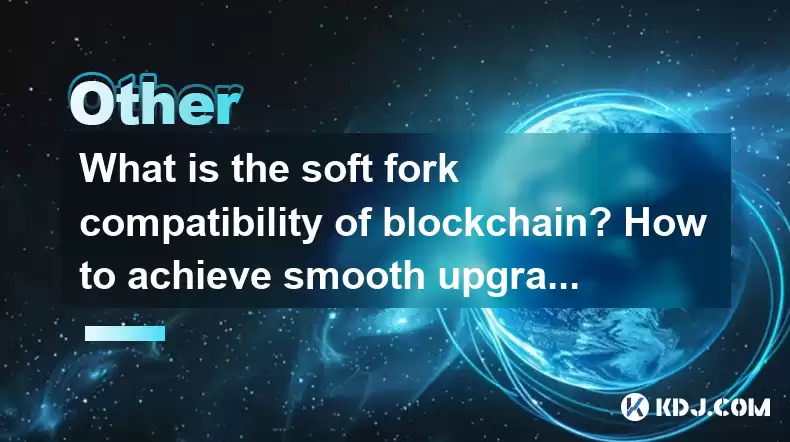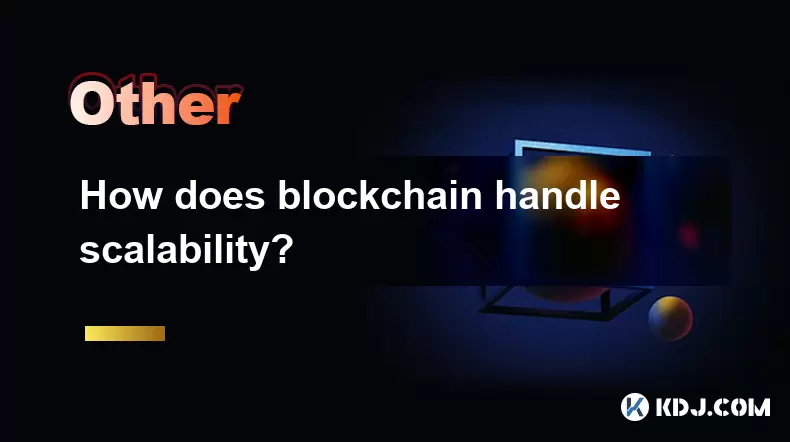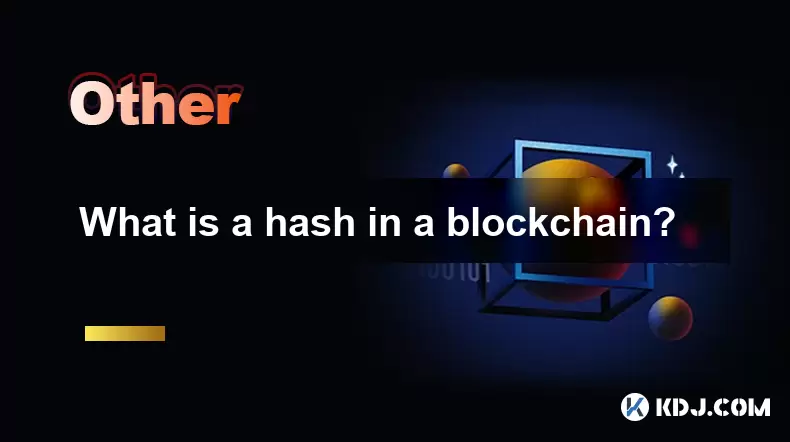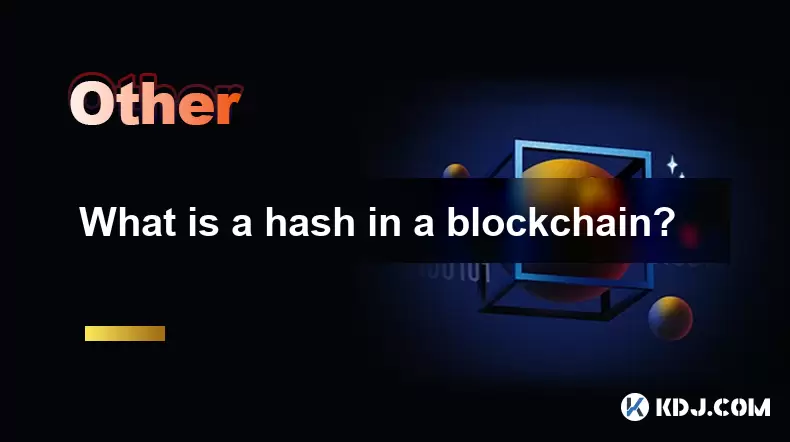-
 Bitcoin
Bitcoin $113900
-1.39% -
 Ethereum
Ethereum $3517
-4.15% -
 XRP
XRP $3.009
1.59% -
 Tether USDt
Tether USDt $0.9997
-0.04% -
 BNB
BNB $766.8
-1.41% -
 Solana
Solana $164.6
-2.38% -
 USDC
USDC $0.9998
-0.02% -
 TRON
TRON $0.3277
0.65% -
 Dogecoin
Dogecoin $0.2023
-1.67% -
 Cardano
Cardano $0.7246
0.05% -
 Hyperliquid
Hyperliquid $38.27
-4.77% -
 Sui
Sui $3.528
-0.52% -
 Stellar
Stellar $0.3890
-0.73% -
 Chainlink
Chainlink $16.16
-2.69% -
 Bitcoin Cash
Bitcoin Cash $539.9
-4.38% -
 Hedera
Hedera $0.2425
-2.00% -
 Avalanche
Avalanche $21.71
-0.97% -
 Toncoin
Toncoin $3.662
5.73% -
 Ethena USDe
Ethena USDe $1.000
-0.02% -
 UNUS SED LEO
UNUS SED LEO $8.964
0.35% -
 Litecoin
Litecoin $107.7
2.33% -
 Shiba Inu
Shiba Inu $0.00001223
-0.40% -
 Polkadot
Polkadot $3.617
-0.97% -
 Uniswap
Uniswap $9.052
-2.49% -
 Monero
Monero $295.1
-3.79% -
 Dai
Dai $0.9999
0.00% -
 Bitget Token
Bitget Token $4.315
-1.85% -
 Pepe
Pepe $0.00001060
0.11% -
 Cronos
Cronos $0.1342
-2.72% -
 Aave
Aave $256.0
-0.87%
What is the soft fork compatibility of blockchain? How to achieve smooth upgrades?
Soft forks enable gradual blockchain upgrades without network splits, using signaling and activation to ensure compatibility and smooth transitions.
Apr 28, 2025 at 05:43 am

The concept of soft fork compatibility in the blockchain ecosystem is crucial for the evolution and upgrading of blockchain networks. A soft fork is a change to the blockchain protocol that is backward compatible, meaning that nodes running the old software will still recognize the new blocks as valid. This allows for a smooth transition and upgrade process without causing a split in the network. In this article, we will explore the details of soft fork compatibility and the steps required to achieve smooth upgrades in a blockchain network.
Understanding Soft Forks
Soft forks are a type of protocol upgrade in blockchain technology that allows the network to evolve without disrupting the existing ecosystem. Unlike hard forks, which require all nodes to upgrade to the new protocol to remain on the network, soft forks can be implemented with only a majority of the network's hash power agreeing to the changes. This means that nodes running the old software will still see the new blocks as valid, albeit with some new rules they may not fully understand.
The primary advantage of soft forks is that they allow for gradual and non-disruptive upgrades. They enable developers to introduce new features or fix issues without forcing all users to update their software immediately. This flexibility is crucial for maintaining the stability and continuity of the blockchain network.
Mechanisms of Soft Fork Compatibility
To achieve soft fork compatibility, several mechanisms are employed to ensure that the new rules are understood and followed by the majority of the network. The key to soft fork compatibility lies in the consensus mechanism of the blockchain.
Signaling: Before a soft fork is activated, miners signal their readiness to upgrade to the new protocol. This is typically done through a process known as BIP9 (Bitcoin Improvement Proposal 9), where miners include a specific signal in the blocks they mine to indicate their support for the upgrade.
Activation: Once a certain threshold of signaling is reached, usually 95% of the blocks mined within a specific period, the soft fork is activated. At this point, the new rules come into effect, and nodes that have not upgraded will still see the new blocks as valid.
Enforcement: After activation, the new rules are enforced by the nodes running the updated software. These nodes will reject any blocks that do not comply with the new rules, ensuring that the network adheres to the upgraded protocol.
Steps to Achieve Smooth Upgrades
Achieving smooth upgrades through soft forks involves several detailed steps that must be carefully planned and executed. Here is a detailed guide on how to implement a soft fork upgrade in a blockchain network:
Proposal and Discussion: The first step is to propose the soft fork and discuss it with the community. This involves creating a detailed proposal outlining the changes and their impact on the network. The proposal should be shared on relevant forums, social media, and other communication channels to gather feedback and support.
Development and Testing: Once the proposal is accepted, developers begin working on the necessary code changes. This involves updating the blockchain software to include the new rules and features. Extensive testing is crucial to ensure that the changes do not introduce any bugs or vulnerabilities. Testnets are often used to simulate the new protocol and identify any issues before deployment.
Signaling and Activation: After the code is ready, the signaling process begins. Miners start including the BIP9 signal in the blocks they mine to indicate their support for the soft fork. Once the activation threshold is reached, the soft fork is activated, and the new rules come into effect.
Monitoring and Support: Following activation, it is important to monitor the network closely to ensure that the soft fork is functioning as intended. Any issues that arise must be addressed promptly. Additionally, providing support and guidance to users and node operators is essential to help them understand and adapt to the new rules.
Post-Implementation Review: After the soft fork has been successfully implemented, a review should be conducted to assess its impact on the network. This involves analyzing metrics such as transaction volume, block size, and network stability to determine whether the changes have achieved their intended goals.
Examples of Soft Forks in Blockchain
Several notable soft forks have been implemented in various blockchain networks, demonstrating the effectiveness of this approach. Here are a few examples:
Bitcoin's Segregated Witness (SegWit): Implemented in 2017, SegWit was a soft fork that addressed the issue of transaction malleability and increased the block capacity of the Bitcoin network. By moving the witness data outside of the base transaction, SegWit allowed for more transactions to be included in each block, improving the network's scalability.
Litecoin's MimbleWimble: In 2022, Litecoin implemented a soft fork to integrate the MimbleWimble protocol, which enhances privacy and scalability. This soft fork allowed Litecoin to offer confidential transactions and improve its overall efficiency without disrupting the existing network.
Ethereum's Berlin Upgrade: In 2021, Ethereum underwent a series of soft forks collectively known as the Berlin Upgrade. These soft forks introduced several improvements to the Ethereum network, including gas cost optimizations and better support for layer 2 scaling solutions.
Challenges and Considerations
While soft forks offer a flexible and non-disruptive way to upgrade blockchain networks, they are not without challenges. Here are some key considerations to keep in mind:
Community Consensus: Achieving consensus among the community is crucial for the success of a soft fork. If a significant portion of the network opposes the changes, it can lead to delays or even a hard fork, which can split the network.
Complexity: Soft forks can be technically complex, requiring careful planning and execution. Any mistakes in the implementation can lead to unintended consequences, such as network instability or security vulnerabilities.
Node Upgrades: While soft forks are backward compatible, it is still important to encourage as many nodes as possible to upgrade to the new software. This ensures that the network can fully benefit from the new features and improvements.
Long-Term Impact: The long-term impact of a soft fork should be carefully considered. While it may solve immediate issues, it should not introduce new problems or limit future scalability and development.
Frequently Asked Questions
Q: Can a soft fork be reversed if it causes issues?
A: While it is technically possible to reverse a soft fork, it is a complex and challenging process. Reversing a soft fork would require another soft fork to revert the changes, which would need to achieve the same level of consensus as the original upgrade. This can be difficult, especially if the network has already adapted to the new rules.
Q: How do soft forks affect miners?
A: Soft forks can impact miners in several ways. During the signaling phase, miners need to decide whether to support the soft fork by including the appropriate signal in their blocks. Once activated, miners must upgrade their software to comply with the new rules, or risk having their blocks rejected by the network. However, since soft forks are backward compatible, miners who do not upgrade can still participate in the network, albeit without the benefits of the new features.
Q: Are there any risks associated with soft forks?
A: Yes, there are risks associated with soft forks. If not implemented correctly, they can lead to network instability, security vulnerabilities, or unintended consequences. Additionally, if the soft fork fails to achieve sufficient consensus, it can result in a contentious split in the network, similar to a hard fork. Therefore, careful planning, extensive testing, and community engagement are essential to mitigate these risks.
Q: How do soft forks impact users of the blockchain?
A: For users, soft forks generally have minimal impact, as they are designed to be backward compatible. Users can continue to use the blockchain without any immediate changes. However, if the soft fork introduces new features or improvements, users may need to upgrade their software or wallets to take full advantage of these enhancements. Overall, soft forks aim to provide a seamless experience for users while allowing the network to evolve and improve.
Disclaimer:info@kdj.com
The information provided is not trading advice. kdj.com does not assume any responsibility for any investments made based on the information provided in this article. Cryptocurrencies are highly volatile and it is highly recommended that you invest with caution after thorough research!
If you believe that the content used on this website infringes your copyright, please contact us immediately (info@kdj.com) and we will delete it promptly.
- Bitcoin, XRP, and the Price Drop Blues: What's Shakin' in Crypto?
- 2025-08-03 00:30:12
- Bank of America, Ripple, and RLUSD: A New Era in Digital Finance?
- 2025-08-03 00:30:12
- Bitcoin Strategy: Saylor's Not Hoarding, He's Building an Empire
- 2025-08-02 22:30:12
- Bitcoin Bloodbath: Macro Pressures and Liquidations Unleash Crypto Chaos
- 2025-08-02 22:30:12
- Tron, Cold Wallets, and Crypto Trends: What's Hot in the Market?
- 2025-08-02 23:10:12
- Bitcoin's Wild Ride: Davinci, Investors, and the $500K Dream
- 2025-08-02 23:50:12
Related knowledge

What is the difference between on-chain and off-chain transactions?
Aug 02,2025 at 04:22pm
Understanding On-Chain TransactionsOn-chain transactions refer to digital asset transfers that are recorded directly on a blockchain ledger. These tra...

What is the double-spending problem and how does blockchain prevent it?
Aug 02,2025 at 01:07pm
Understanding the Double-Spending ProblemThe double-spending problem is a fundamental challenge in digital currency systems where the same digital tok...

What is the difference between a blockchain and a database?
Aug 01,2025 at 09:36pm
Understanding the Core Structure of a BlockchainA blockchain is a decentralized digital ledger that records data in a series of immutable blocks linke...

How does blockchain handle scalability?
Aug 02,2025 at 02:58pm
Understanding Blockchain Scalability ChallengesBlockchain scalability refers to a network's ability to handle an increasing volume of transactions wit...

What is a hash in a blockchain?
Aug 02,2025 at 05:28am
Understanding the Concept of Hash in BlockchainA hash in the context of blockchain technology refers to a unique digital fingerprint generated by a cr...

What is a hash in a blockchain?
Aug 02,2025 at 04:43am
Understanding the Concept of Hash in BlockchainA hash in the context of blockchain technology refers to a unique digital fingerprint generated by a cr...

What is the difference between on-chain and off-chain transactions?
Aug 02,2025 at 04:22pm
Understanding On-Chain TransactionsOn-chain transactions refer to digital asset transfers that are recorded directly on a blockchain ledger. These tra...

What is the double-spending problem and how does blockchain prevent it?
Aug 02,2025 at 01:07pm
Understanding the Double-Spending ProblemThe double-spending problem is a fundamental challenge in digital currency systems where the same digital tok...

What is the difference between a blockchain and a database?
Aug 01,2025 at 09:36pm
Understanding the Core Structure of a BlockchainA blockchain is a decentralized digital ledger that records data in a series of immutable blocks linke...

How does blockchain handle scalability?
Aug 02,2025 at 02:58pm
Understanding Blockchain Scalability ChallengesBlockchain scalability refers to a network's ability to handle an increasing volume of transactions wit...

What is a hash in a blockchain?
Aug 02,2025 at 05:28am
Understanding the Concept of Hash in BlockchainA hash in the context of blockchain technology refers to a unique digital fingerprint generated by a cr...

What is a hash in a blockchain?
Aug 02,2025 at 04:43am
Understanding the Concept of Hash in BlockchainA hash in the context of blockchain technology refers to a unique digital fingerprint generated by a cr...
See all articles

























































































